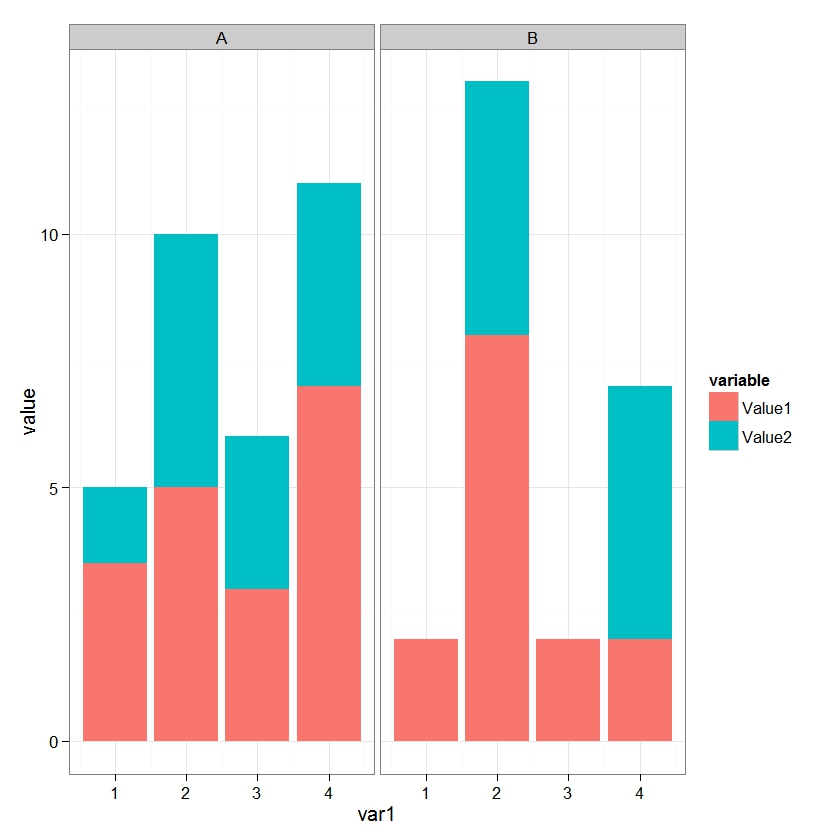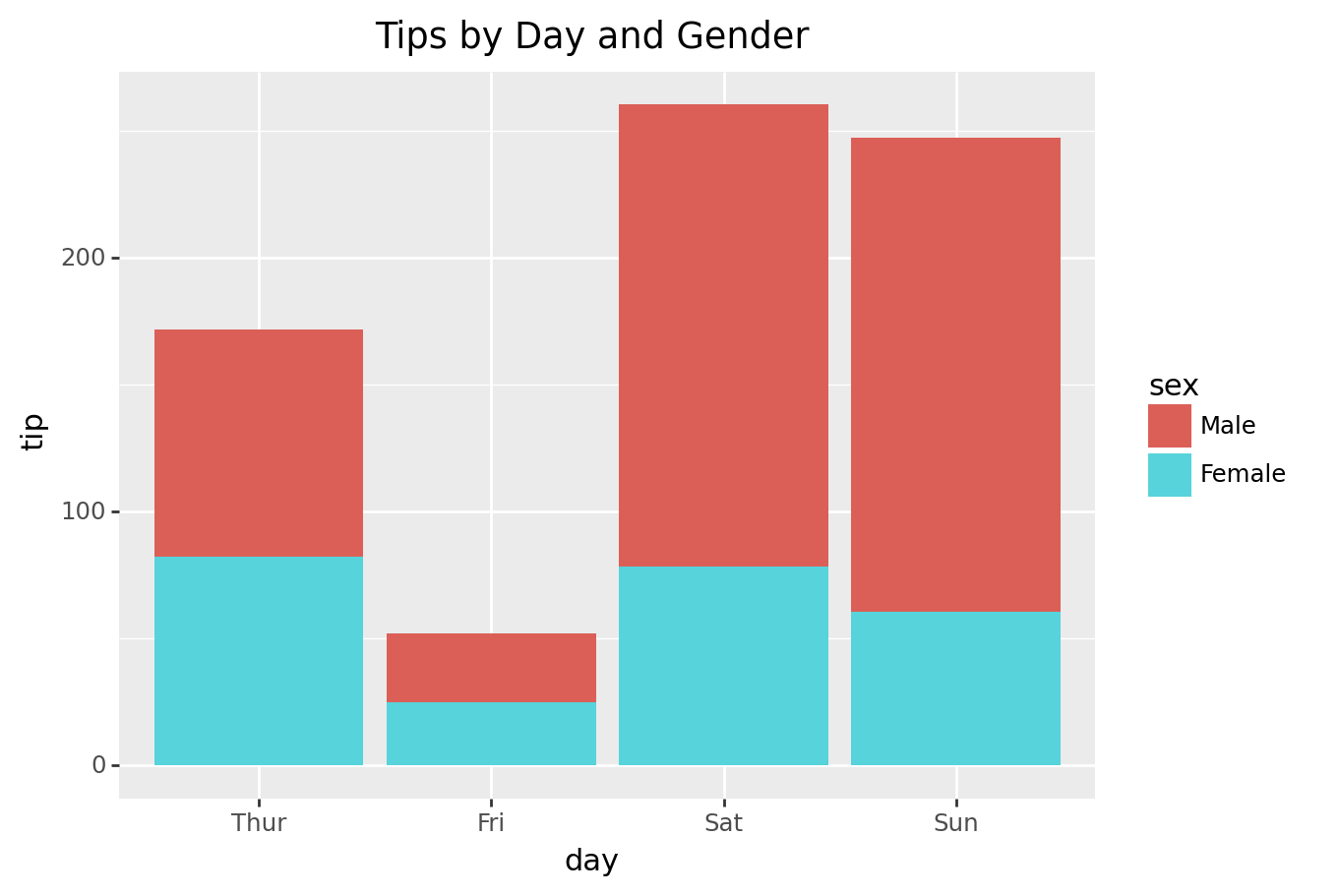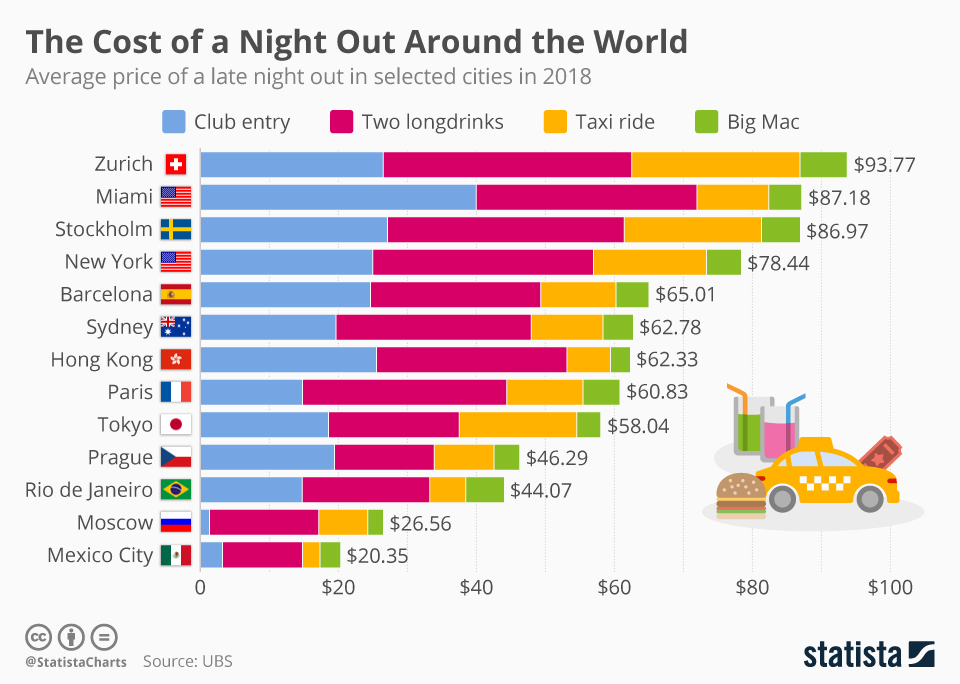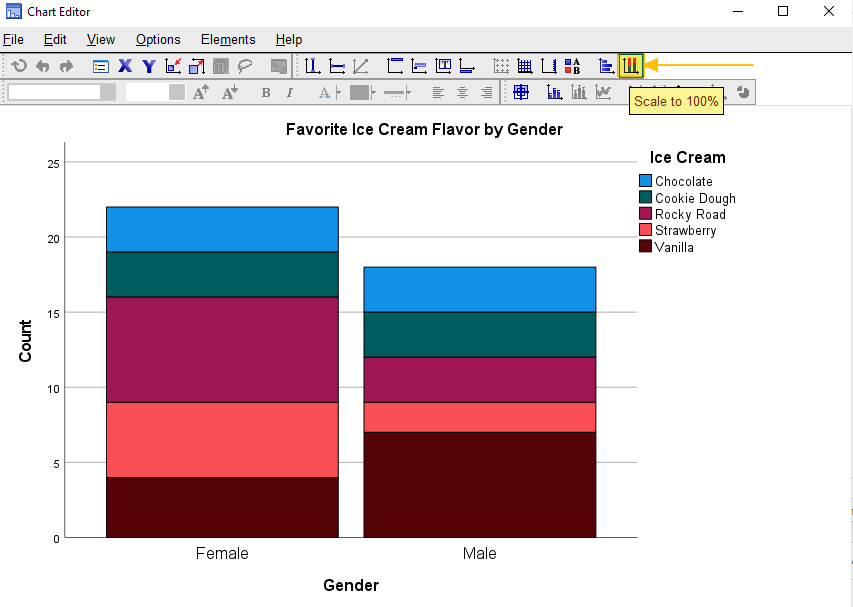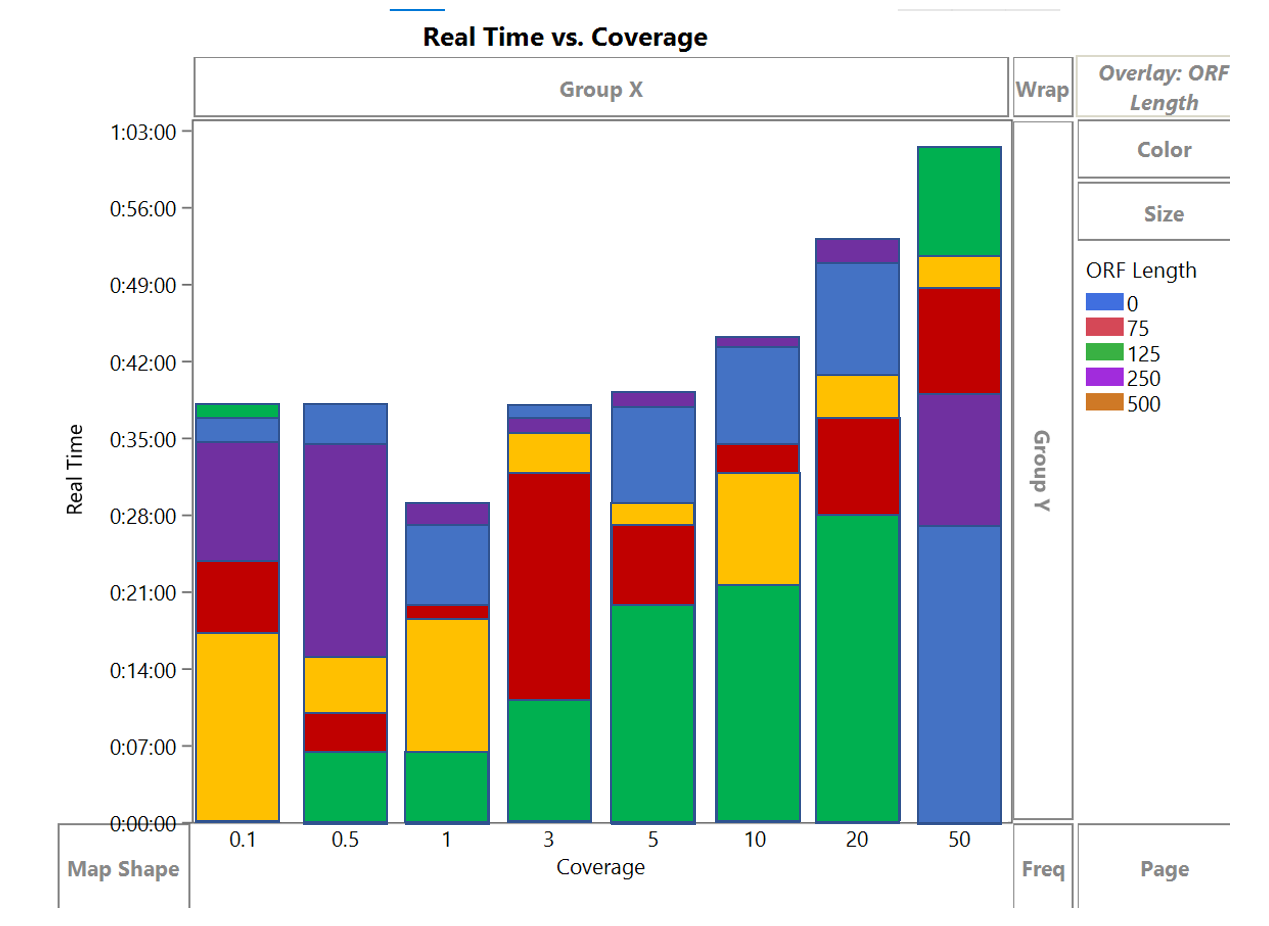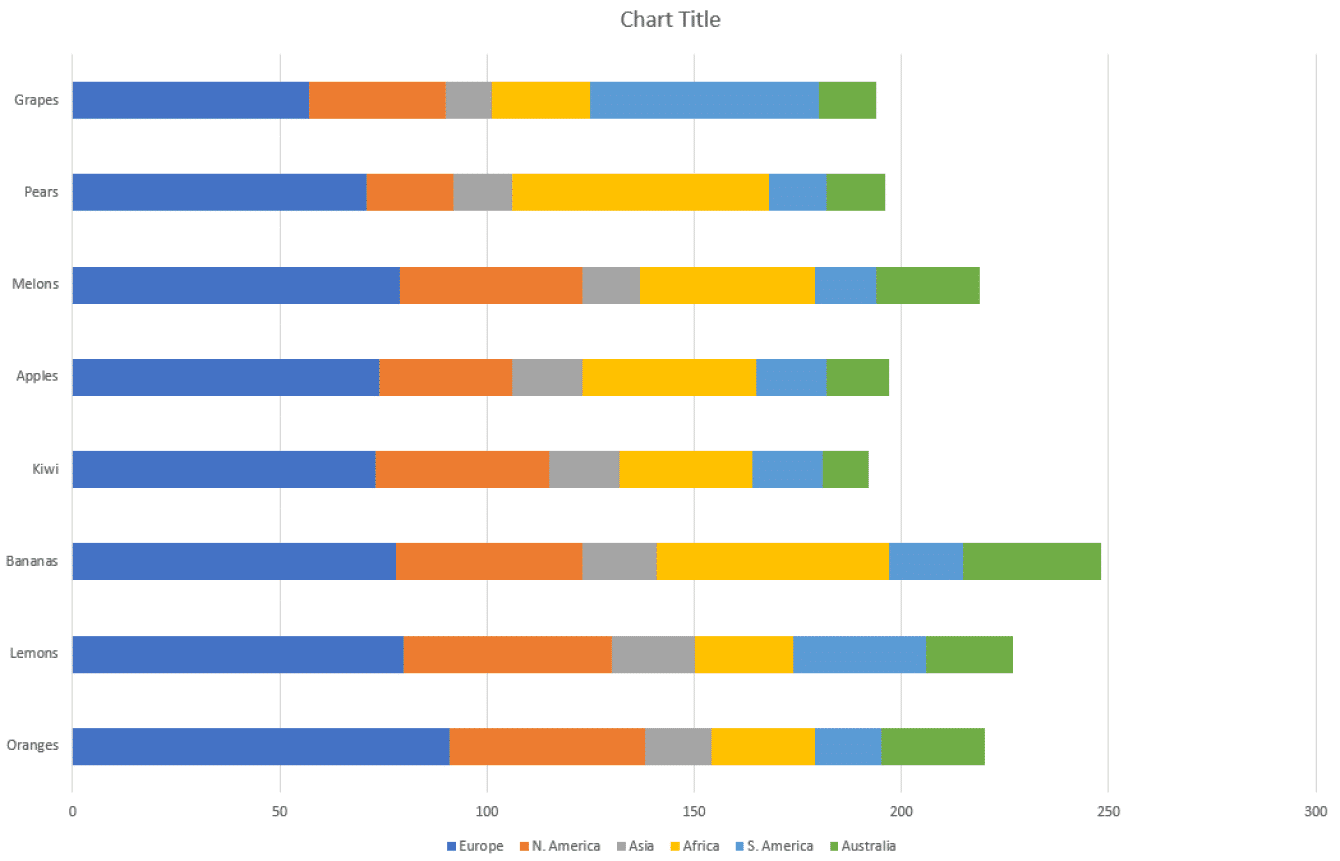Casual Info About What Is The Problem With Stacked Bar Charts D3js Area Chart

Stacked bar charts make it easier to follow the variation of all variables presented, side by side, and observe how their sum changes.
What is the problem with stacked bar charts. Stacked bar charts can be a great way to visualize data that has both a hierarchical/categorical component that evolves over time. That are one pixel wide so it looks like a vertical line. Stacked bar charts are a valuable tool in data visualization, allowing for clear and concise presentation of different components that contribute to a whole.
Stacked bar graphs (sbg) show the quantitative relationship that exists between a main category and its subcategories. Excel has set the minimum of the horizontal (value) axis to0.86 (86%) instead of to 0. A stacked bar chart is a graphical representation where multiple data series are stacked on top of one another in either vertical or horizontal bars.
The chart shows not only the quantitative relationship between the different. Search by aesthetic, colour, or keyword. In this guide, we’ll aim to rectify these mishaps by sharing examples, clarifying when you should (and shouldn’t) use a stacked bar chart, and discussing best practices for stacking bars.
It’s used to visualize the total of grouped data points while also showing the comparative sizes of each data point’s component parts. What is a stacked bar chart? Start your bar graph for free with adobe express on the web or your mobile device.
Stacked bar chart consists of multiple bar series stacked horizontally one after another. World of woj. This is an example of creating a stacked bar plot using bar.
Problems with stacked bar charts. The stacked bar chart extends the standard bar chart from looking at numerical values from one categorized variable to two. And the code that generates it:
If you want them stacked one in front of the other, then you have the issue where if dept a happens to have a lower value it may disappear behind the bar for dept b, depending on the plot order. The main objective of a standard bar chart is to compare numeric values between levels of a categorical variable. A stacked bar chart is a type of bar graph that represents the proportional contribution of individual data points in comparison to a total.
These charts are particularly useful when you want to show changes within a category over time or to compare several categories. One area of disagreement is on the use of 100% stacked bar charts. Try splitting sub categories out into multiple mini charts, each comparable and showing their.
It may become cumbersome for large or complex datasets. Each bar represents a principal category and it is divided into segments representing subcategories of a second categorical variable. However, if you apply the wrong chart type to your data, you risk confusing your users or leading them to make bad decisions.
This type of chart is used to picture the overall variation of the different variables. The height or length of each bar represents how much each group contributes to the total. In all examples i saw for stacked bar charts, the number of items is the same for each bar.
![[Solved] matplotlib stacked bar chart change position of error bar](https://i.stack.imgur.com/ZcPZr.png)
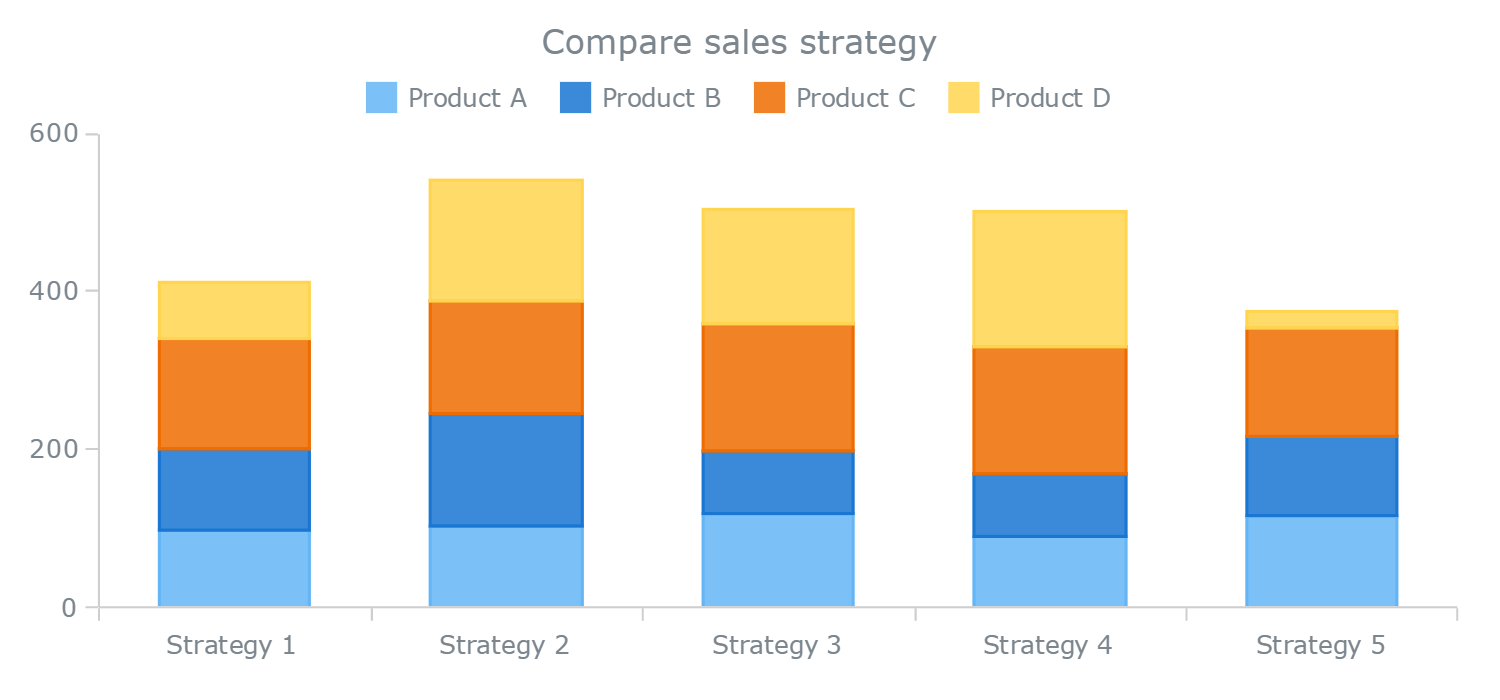


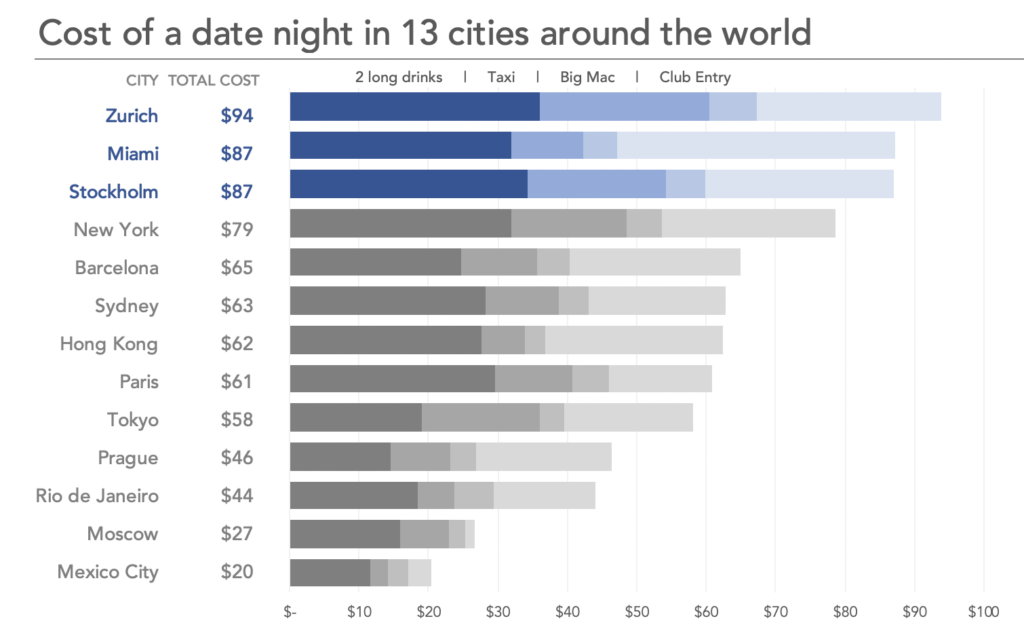

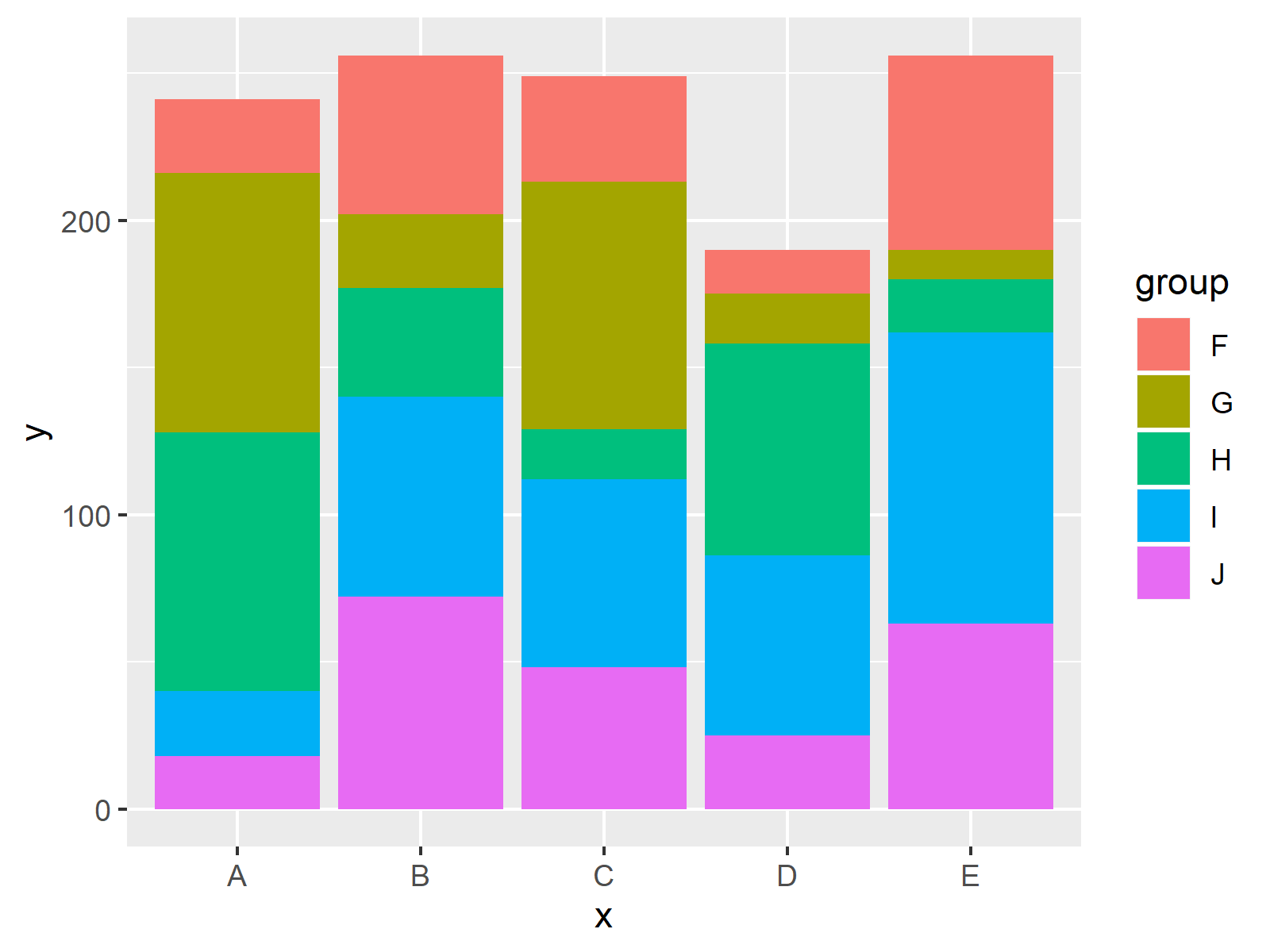
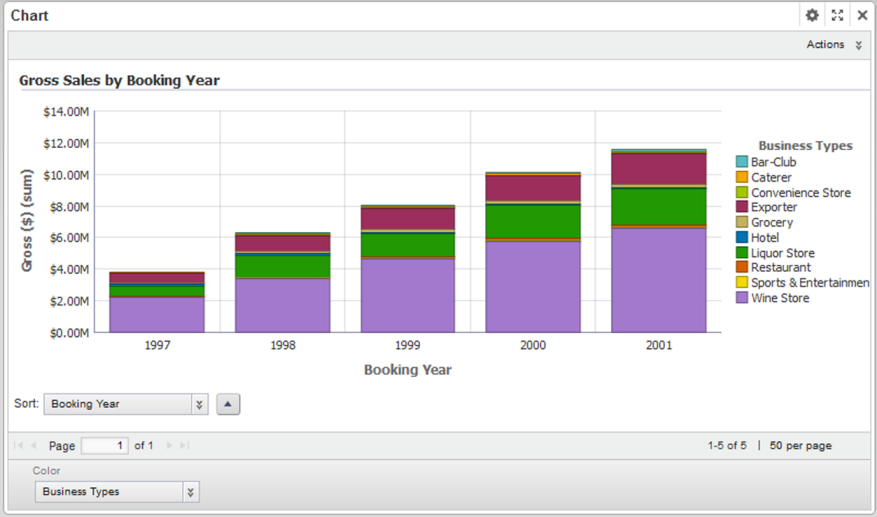
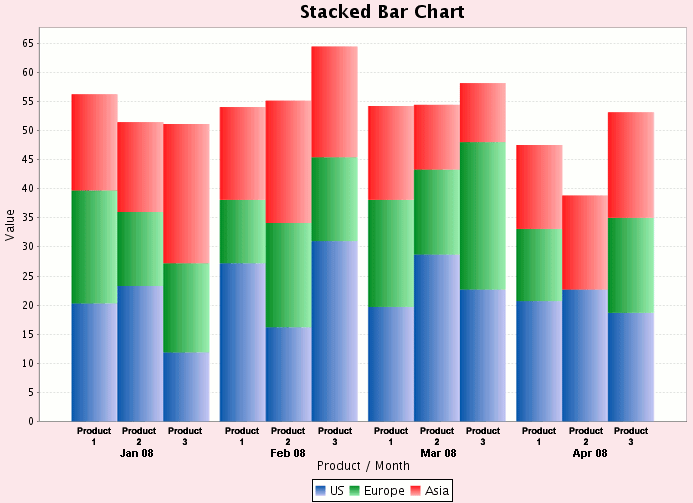

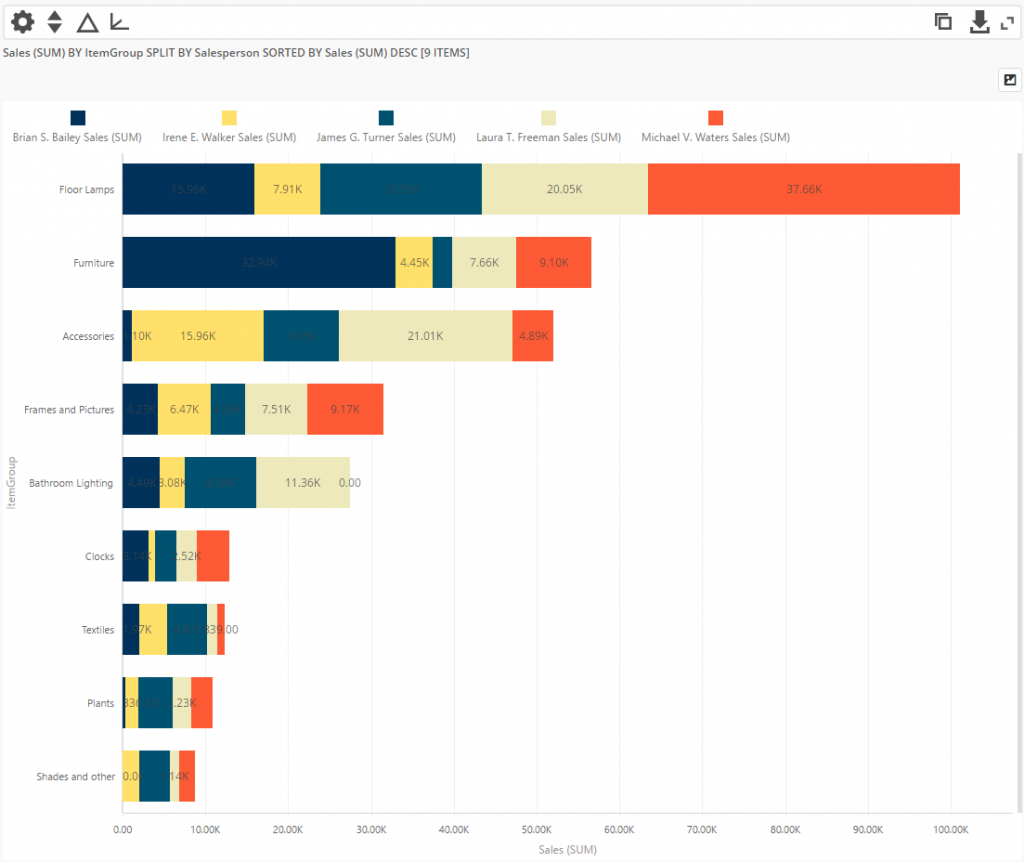

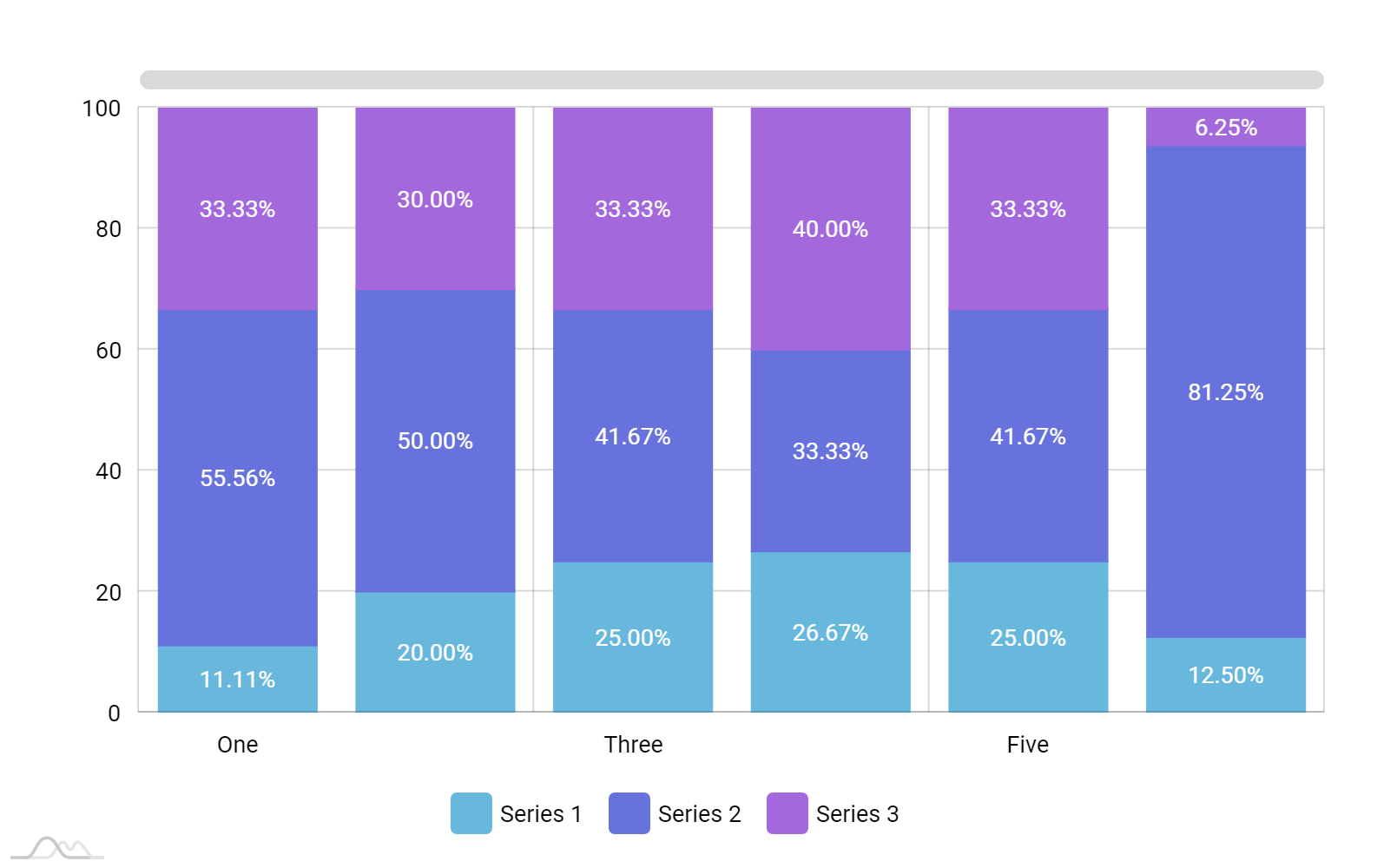

![[Solved] Generate paired stacked bar charts in ggplot 9to5Answer](https://i.stack.imgur.com/TmGmJ.png)
